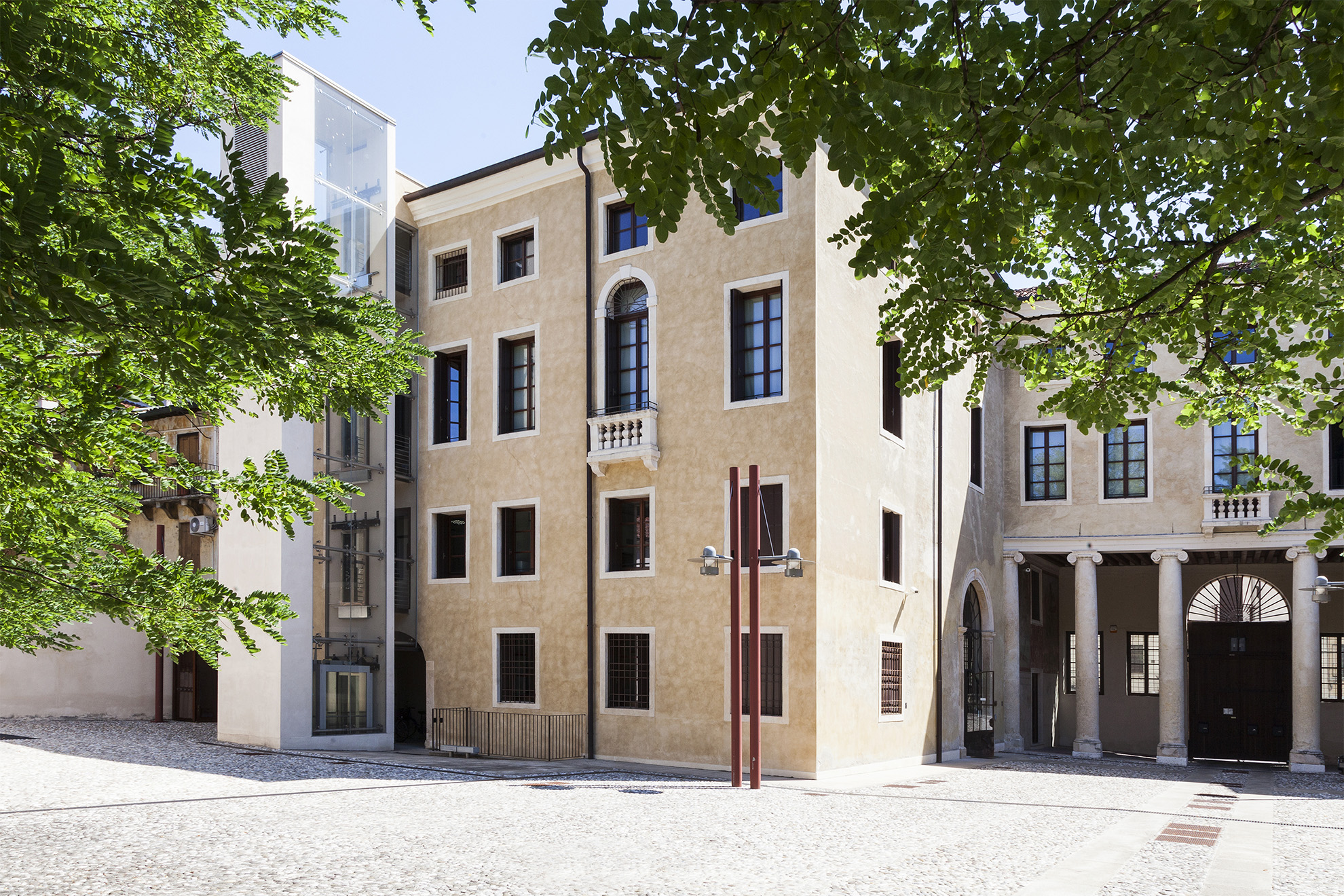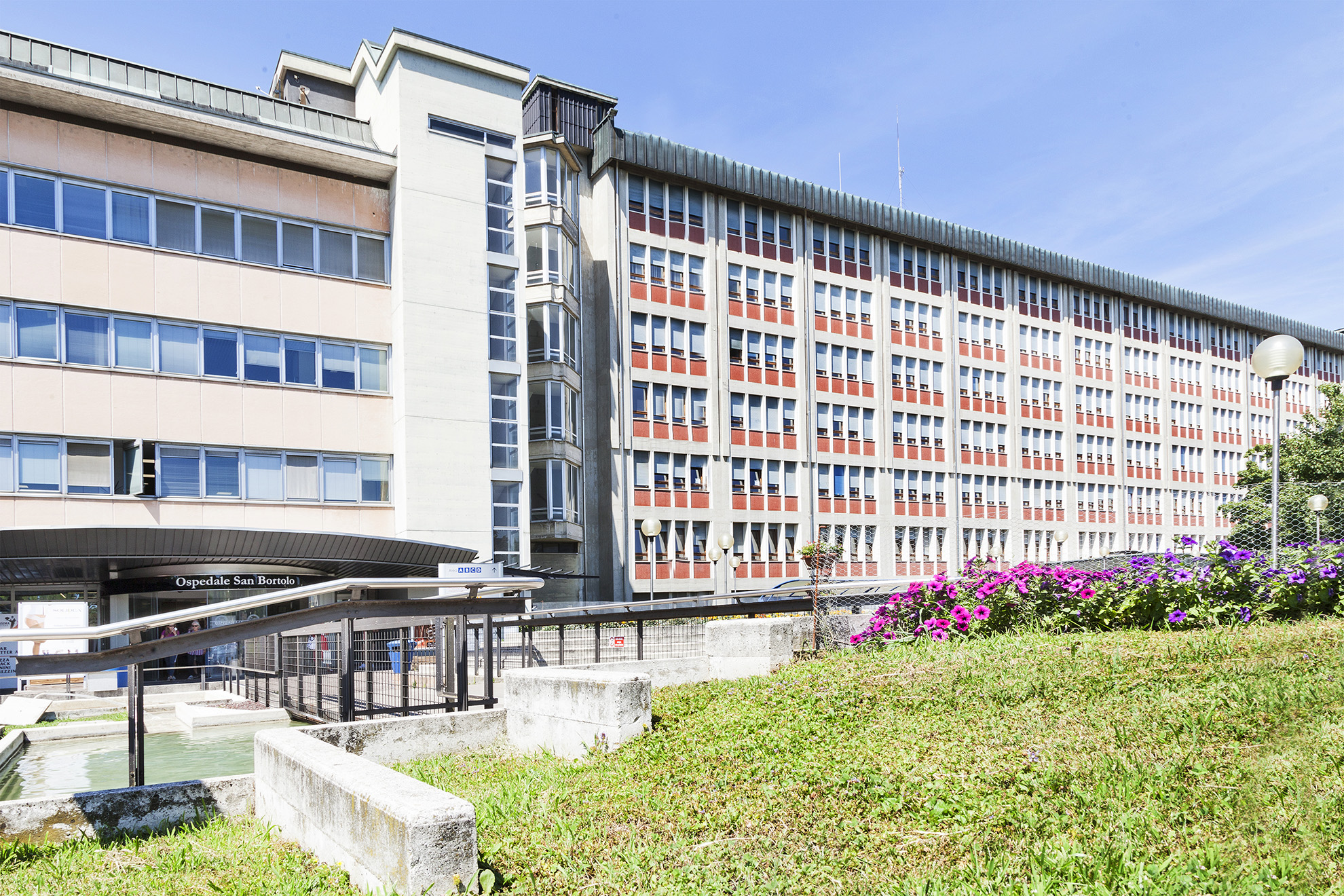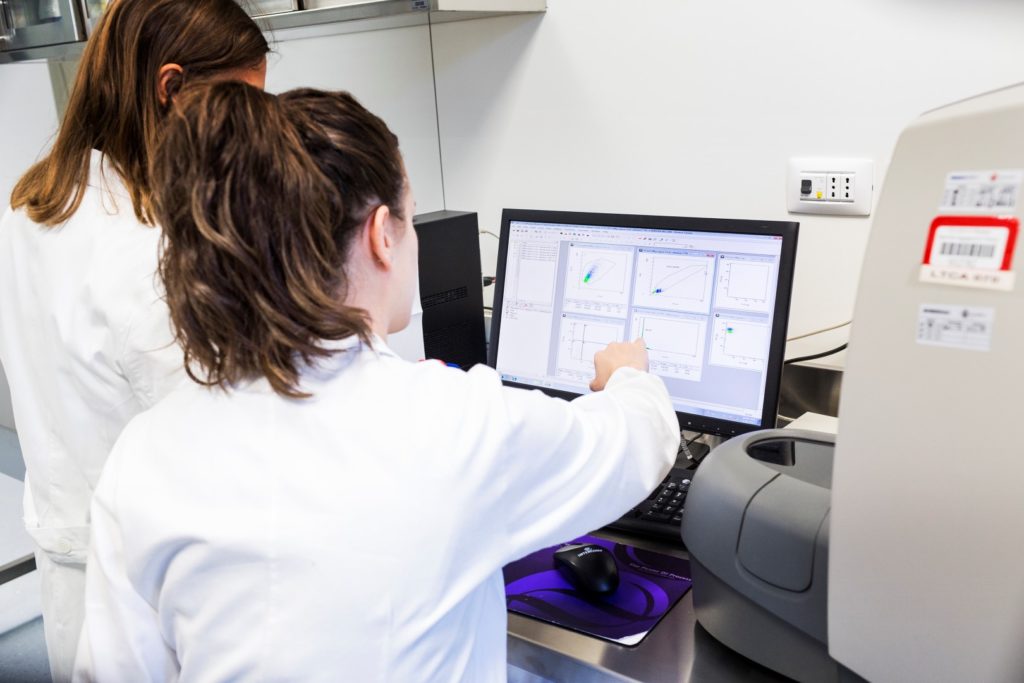Scientific advancements in cellular and molecular biology have led to the development of advanced therapies like gene therapy, somatic cell therapy and tissue engineering.
This emerging field of biomedicine offers new opportunities for treating patients affected by diseases or dysfunctions of human body for whom no therapeutic option existed before. The development of Genome-edited T cell Therapies like the Chimeric Antigen Receptor-T cells (CAR-T), the T Cell Receptor Redirected T Cells and more recently the Clustered Regularly Interspaced Short Palindromic Repeats (CRISPR) and CRISPR-associated (Cas) genes has opened new scenarios for the treatment of various onco-hematologic diseased representing a therapeutic revolution as it was the advent of penicillin.
Since cellular therapies allow to recognize and selectively destroy only cancer cells, they represent now the future of cancer therapy, thus raising an enormous interest among pharmaceutical companies.


 en
en  it
it



